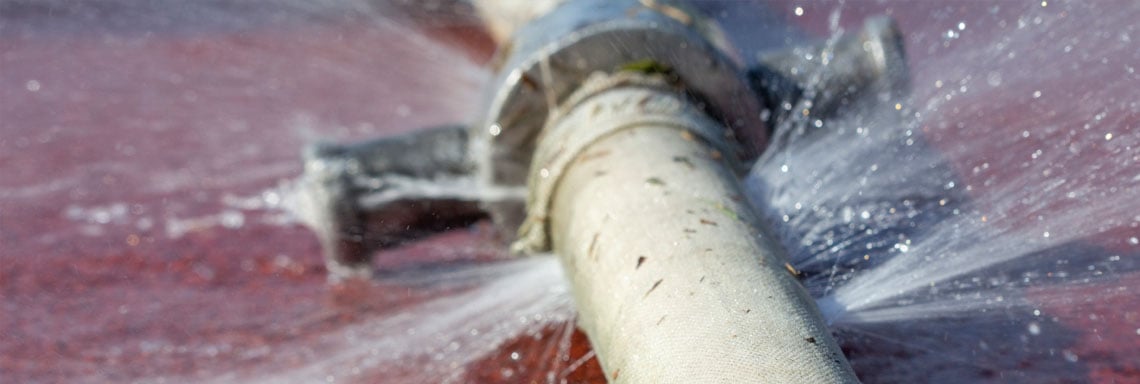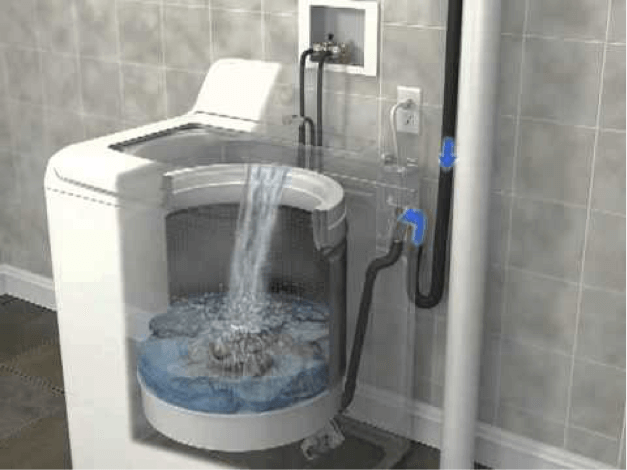From Detection to Correction: A Fast Approach to Handling Burst Pipes
From Detection to Correction: A Fast Approach to Handling Burst Pipes
Blog Article
Nearly everybody is bound to have his or her own theory on the subject of How to Install and Connect a New Dishwasher.

A ruptured pipe is a significant emergency; you can only stand as you enjoy water you pay a lot to reunite with the planet. In worse situations, you notice a swimming pool on your kitchen flooring, which is a fantastic journey hazard, specifically if you have youngsters around. If the pipe that ruptured was in your walls, trouble: you may need to paint that whole section.
Exactly how can a tragedy like a ruptured pipe be stopped and also managed? Well, by listening to your expert emergency plumbing technicians and also following these regulations.
Exactly how do I understand when my pipelines have burst?
Varying water stress
Pipelines do not simply burst in a day. You may have discovered that your kitchen area faucet or shower does not run immediately when you turn the faucet. It might stop for a couple of seconds and then blast you with more force than normal.
In various other circumstances, the water might seem typical initially, then drop in pressure after a few seconds.
Contaminated water
Many people assume a burst pipe is a one-way outlet. Quite the contrary. As water spurts of the hole or wound in your plumbing system, pollutants discover their method.
Your water might be infected from the resource, so if you can, examine if your water container has any kind of troubles. Nonetheless, if your drinking water is supplied and purified by the local government, you need to call your plumber quickly if you see or smell anything funny in your water.
Puddles under pipes and sinks
When a pipe bursts, the discharge develops a pool. It might show up that the pool is expanding in size, and also despite how many times you mop the puddle, in a couple of mins, there's an additional one waiting to be cleaned. Frequently, you may not be able to map the puddle to any noticeable pipelines. This is an indication to call a professional plumber.
Wet wall surfaces and also water stains
Before a pipe ruptureds, it will certainly leakage, the majority of times. If this consistent leaking goes undetected, the leak may finish right into a broad tear in your pipe. One simple means to prevent this emergency is to keep an eye out for wet wall surfaces ad water spots. These water discolorations will lead you right to the leakage.
Untraceable dripping noises
Pipeline bursts can occur in the most unpleasant areas, like within concrete, inside walls, or under sinks. When your home goes quiet, you may have the ability to listen to an annoyingly consistent trickling noise. Even after you have actually checked your shower head and kitchen faucet, the dripping might proceed.
Precious viewers, the dripping might be coming from a pipe inside your wall surfaces. There isn't much you can do about that, other than tell a professional plumber.
Show up the Heat
Establish followers to blow heat right into chilly areas. Keep the garage door shut. If you have decreased water circulation, heat one of the most at risk pipes (normally in basements as well as crawl spaces or near outside wall surfaces) with a hair dryer. Leave the tap on while you use heat. As you melt ice, the circulation will certainly enhance. To prevent pipelines from cold, protect your wall surfaces.
Start Doing Away With the Water
Grab the mop, pails and a store vacuum to start to remove the water due to the fact that you certainly do not desire it soaking into every little thing else in the house. And also, a fast tidy up will minimize the chances of something getting moldy.
What do I do when I identify a ruptured pipe?
Your water meter will certainly continue to run also while your water wastes. To minimize your losses, discover the major controls and transform the supply off. The water mains are an above-ground structure beside your home.
How to Fix & Detect a Leaking Pipe
How Do I Know if a Pipe is Leaking?
Leak detection tests can help you determine if your pipe has a leak. Even if you don’t see an apparent leak, you should still conduct leak detection tests regularly to save water and money—and prevent major damage to your home.
Water meter. It can be helpful to figure out what your usual water meter usage numbers are and then monitor them regularly. To monitor your meter, first, turn off all water faucets in your home. Check the meter and write down the numbers. In a few hours, check the meter again. If the numbers have changed, you have a leak. Water gauge. Use a water gauge to test your water pressure. Your showerhead should produce a certain amount of water pressure based on its model and design. If the pressure is lower than it is supposed to be for that specific showerhead, your home likely has a leak. Puddles. Look inside your bathroom, laundry, and kitchen sink cabinets. Puddles around the cabinets or around toilets, tubs, showers, and washing machines indicate the presence of a leaking pipe. You may also notice loose tiles, peeling or flaking paint, or mold caused by water accumulation. Napkin test. Even if you don’t see any puddles, you may still have a leak. You can test for water leaks in the bathroom, laundry, and kitchen by wiping below-sink connections with a napkin, paper towel, or piece of toilet paper. If it becomes damp, you probably have a leaking pipe under the sink. Discolored walls. Walls that are discolored—usually with brown or yellow stains—or bulging might mean that they have been impacted by water damage caused by a leaking pipe. Smell. A leaky pipe will create sitting water, and over time, that water may develop a musty smell. If your home smells musty, but you can’t locate the source, it may be due to a leak. Steps for Fixing a Leaking Pipe
A leaky drain can be remedied by tightening the pipe base, replacing the drain seal, caulking the rim, and tightening the pipe nut. Similarly, a leaking toilet pipe can be treated by tightening the packing nut. You may also need to replace the valve. A leaky faucet may just need tightening or replacement of the washers. If that doesn’t work, consider replacing your faucet. If your pipe has a hole in it, you may want to use a pipe leak sealer or pipe leak tape. This quick fix for water pipe leaks can also temporarily fix a copper pipe leak. https://www.ahs.com/home-matters/quick-tips/how-to-tell-if-pipes-are-leaking/

We hope you liked our section on How to Install and Connect a New Dishwasher. Thank you so much for taking time to read through our short article. Sharing is caring. Helping others is fun. We enjoy reading our article about What to Know Before Installing a Dishwasher.
Visit Page
Report this page